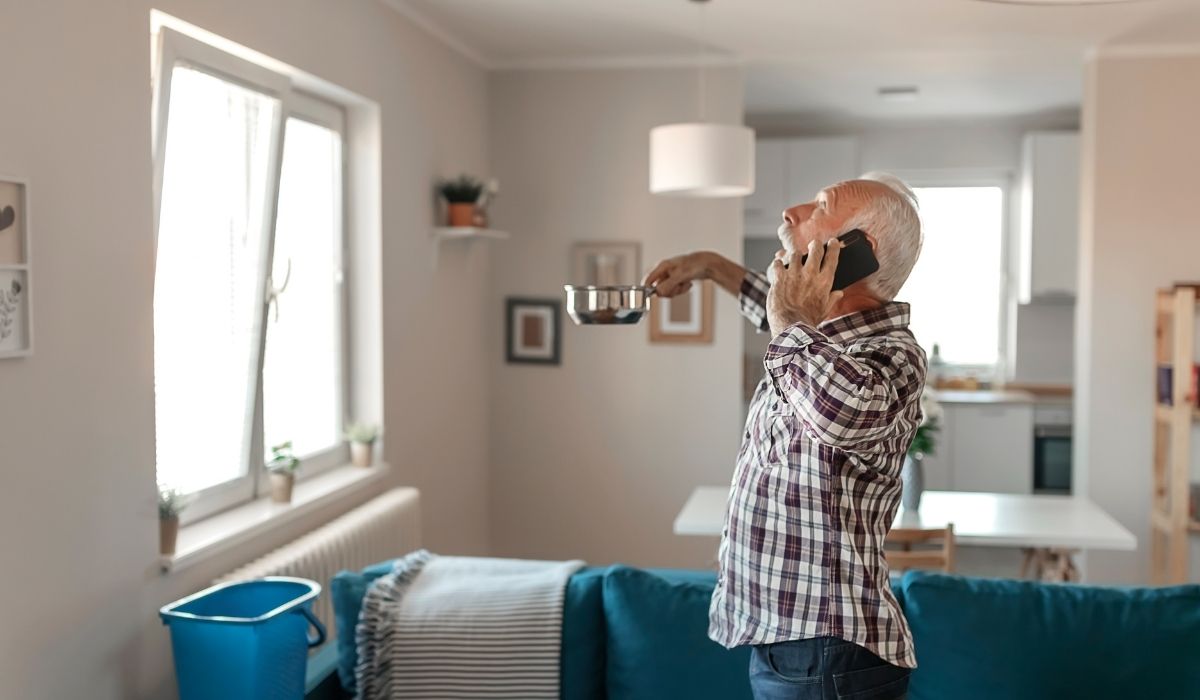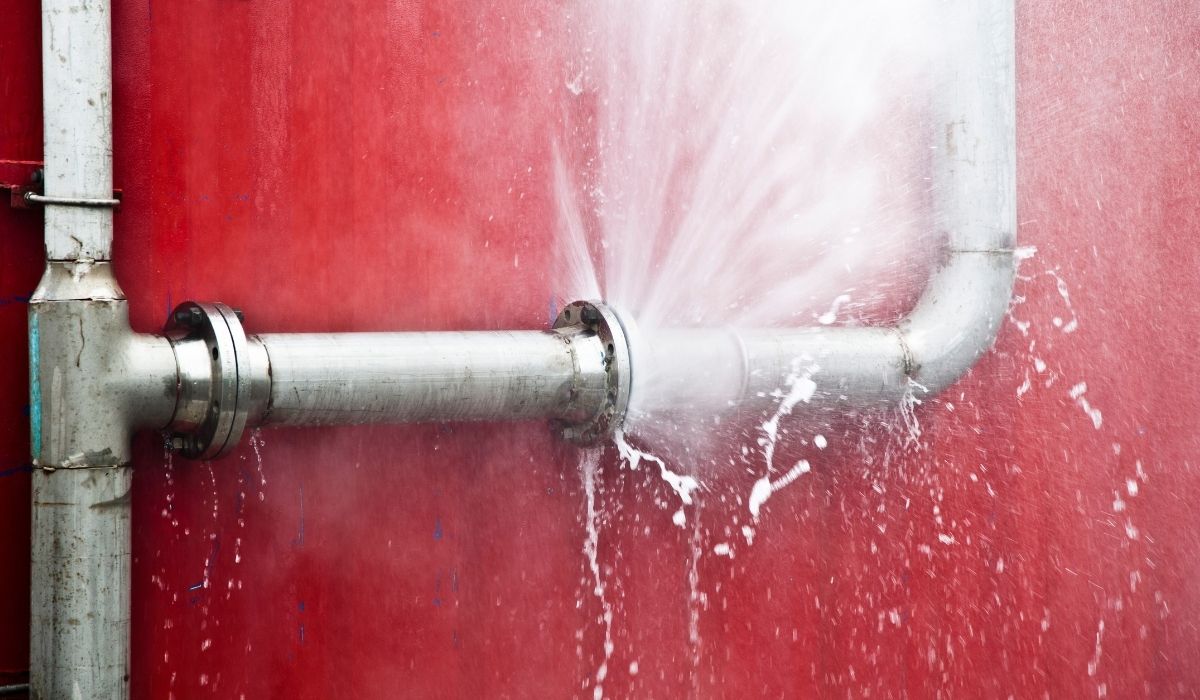How Air Purifiers & Ozone Machines Remove Smoke
Why Smoke in Indoor Air Is a Problem
Smoke is more than just a smell in the air. It carries tiny particles that pollute indoor air and lower air quality. When people breathe smoke, it can reach deep into the respiratory system. This can cause irritation, shortness of breath, coughing, and even long-term health risks.
Smoke from fires, tobacco smoke, or even burning food in the kitchen can spread quickly. It clings to carpet, furniture, and walls. Smoke odors may stay around long after the source is gone. Without the right tools, it can feel impossible to get rid of.
That’s where air purifiers and ozone machines come in. They are designed to improve indoor air quality, reduce pollution, and support health by removing contamination from the air.
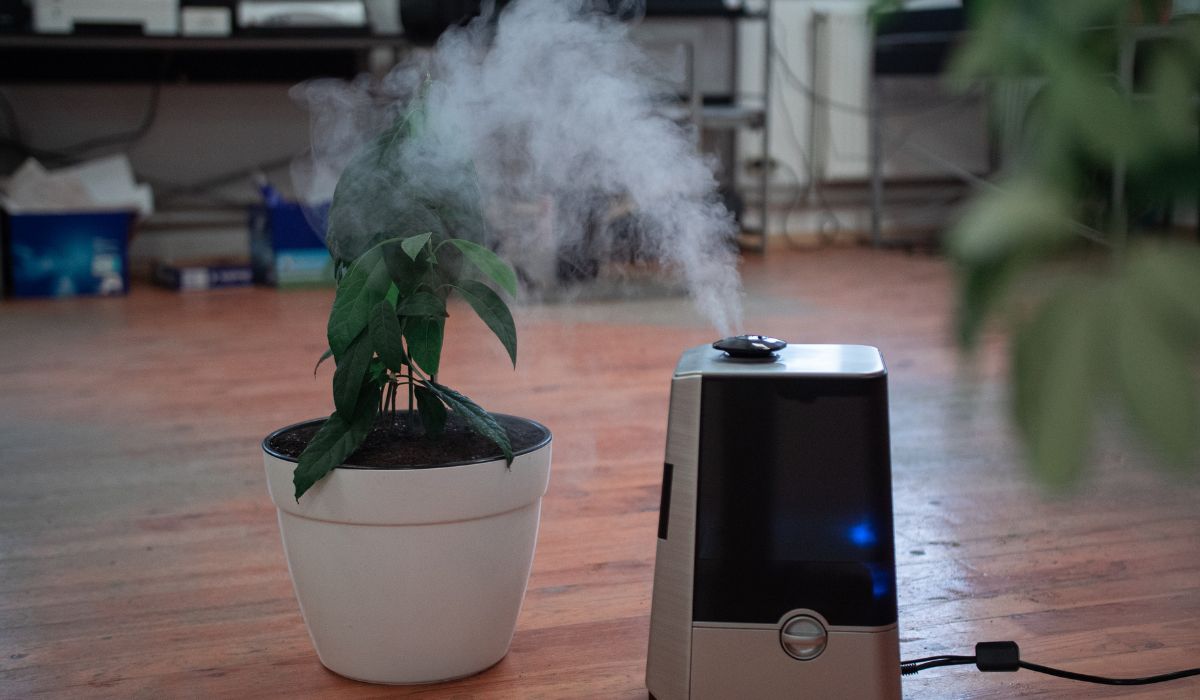
What Is an Air Purifier?
An air purifier is a machine that cleans the air in your home. It pulls in air, filters out particles, and pushes out cleaner air. Some purifiers use HEPA filters, others use activated carbon, and some even use ultraviolet light to fight off virus particles and mold spores.
Air purifiers work especially well for people with asthma or allergy problems. By removing dust, pollen, and smoke, they lower the risk of breathing issues.
How Air Purifiers Work
- HEPA filter: Captures dust, mold, and smoke particles.
- Activated carbon: Traps odors like tobacco smoke or fire smells.
- Ultraviolet light: Kills germs, bacteria, and virus particles.
- Electric charge (ionizer): Pulls small smoke molecules out of the air.
Together, these parts help with smoke odor removal and improve indoor air quality.
What Is an Ozone Machine?
An ozone machine is different from a normal air purifier. It makes ozone, which is a special form of oxygen. Normal oxygen has two atoms (O₂). Ozone has three atoms (O₃). That extra atom gives ozone power to break apart smoke molecules and remove strong odors.
How Ozone Works
When ozone touches smoke or odor molecules, it changes their structure. This helps with smoke odor removal, especially in areas like carpet, furniture, and walls where smells get stuck. Ozone can also break down other sources of contamination, like indoor mold or bacteria.
Air Purifiers vs. Ozone Machines
While both devices help with smoke, they work in different ways.
Air Purifiers
- Best for everyday use.
- Improve indoor air quality.
- Filter out pollution, dust, and allergens.
- Safe for people with asthma or allergy problems.
Ozone Machines
- Best for strong smoke odors after fire damage or heavy tobacco smoke.
- Work well for odor removal from carpet, furniture, and clothing.
- Should not be used when people or pets are inside because too much ozone can cause irritation in the respiratory system.
Why Indoor Air Quality Matters
Indoor air can sometimes be more polluted than outdoor air. Without good ventilation, smoke, mold, nitrogen dioxide from stoves, and even dust from carpets build up. Poor indoor air quality increases the risk of disease, asthma attacks, and irritation of the respiratory system.
Clean air helps protect health, reduce shortness of breath, and lower risk for children, seniors, and people with lung problems.
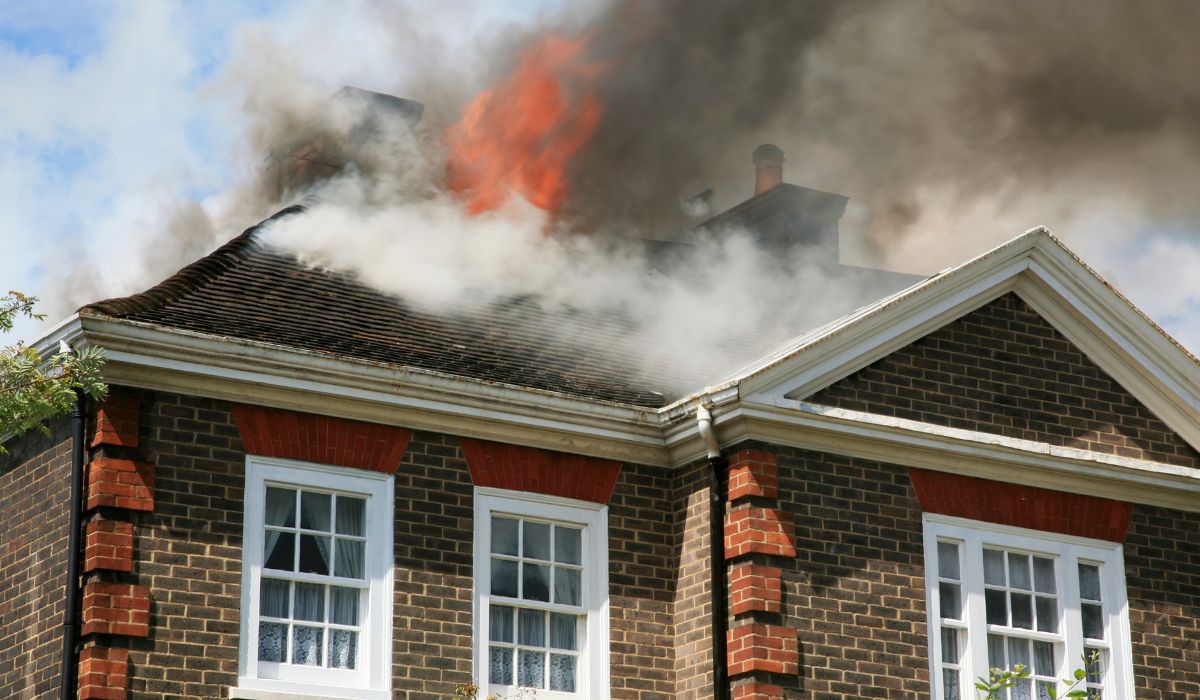
Using Air Purifiers for Smoke
Air purifiers are especially helpful during wildfires, kitchen accidents, or when dealing with tobacco smoke indoors.
Benefits of Air Purifiers
- Remove small smoke particles.
- Reduce odors using activated carbon.
- Lower the risk of asthma flare-ups.
- Capture dust, mold, and allergens.
- Improve overall breathing comfort.
HEPA filters are especially powerful. They can trap tiny smoke molecules that cause irritation and poor indoor air quality.
Using Ozone Machines for Smoke
Ozone machines are stronger than purifiers when it comes to smoke odors. If a fire filled your house with smoke or you bought a home with a strong tobacco smell, ozone may help.
Benefits of Ozone
- Breaks down smoke molecules.
- Helps with deep odor removal from carpet and walls.
- Reduces contamination from mold and bacteria.
- Useful for fire cleanup and tough cases of smoke odor removal.
But remember: ozone should only be used in empty rooms. Too much ozone can damage the respiratory system, causing coughing, chest irritation, and shortness of breath.
Common Places Where Smoke Sticks
Smoke doesn’t just float in the atmosphere. It sinks into items in your home.
- Carpet: Holds smoke odors and dust.
- Furniture: Absorbs tobacco smoke and fire smells.
- Walls and ceilings: Trap smoke molecules.
- Kitchen: Smoke from cooking can build up.
This is why air purifiers and ozone machines are often used together. The purifier handles particles in indoor air, while ozone helps remove smoke odors stuck in surfaces.
The Role of Ventilation
Even with machines, ventilation is important. Fresh outdoor oxygen helps lower indoor pollution levels. Opening windows, using fans, or improving airflow can reduce smoke indoors.
Ventilation works best when paired with an air purifier or ozone machine for long-lasting indoor air quality improvement.
Health Risks of Smoke
Breathing smoke over time can hurt your health.
Short-Term Risks
- Eye irritation
- Coughing
- Shortness of breath
- Sore throat
Long-Term Risks
- Asthma flare-ups
- Higher risk of disease
- Permanent damage to the respiratory system
- Allergies and indoor mold problems
Children, seniors, and people with lung conditions are at the highest risk. That’s why smoke odor removal and indoor air quality protection matter so much.
Environmental Protection and Indoor Air
Clean indoor air is not just about comfort. It’s part of environmental protection inside your home. Reducing indoor air pollution protects your health and lowers the chance of contamination spreading to others.
By using tools like air purifiers, ozone machines, ventilation, and regular cleaning, you help protect both your home and your health.
Can Air Purifiers and Ozone Machines Be Used Together?
Yes. Many people use both, but not at the same time.
- Step 1: Run the ozone machine in an empty house to break down smoke odors.
- Step 2: Air out the house with ventilation.
- Step 3: Use the air purifier daily to keep indoor air fresh and improve air quality.
This combined approach helps with both immediate smoke odor removal and long-term indoor air quality.
Do Air Purifiers and Ozone Remove Other Pollutants?
Yes. While the main focus is smoke, these machines also help with:
- Dust
- Mold and indoor mold spores
- Virus particles
- Tobacco smoke
- Odors from kitchens
- Nitrogen dioxide and other gases
This makes them useful for overall pollution control in indoor air.
When to Use an Air Purifier
- If you have asthma or allergy issues.
- If you live in a high air pollution area.
- During fire season when smoke enters homes.
- If you want to protect your respiratory system daily.
When to Use an Ozone Machine
- After a fire fills your home with smoke.
- For strong tobacco smoke odors.
- When carpet, furniture, or walls hold deep smoke odors.
- For odor removal when normal cleaning does not work.
Safety Tips
- Never stay in the same room as a running ozone machine.
- Always air out your home before returning.
- Replace HEPA and activated carbon filters regularly.
- Keep ventilation open when possible.
- Read product instructions carefully before use.
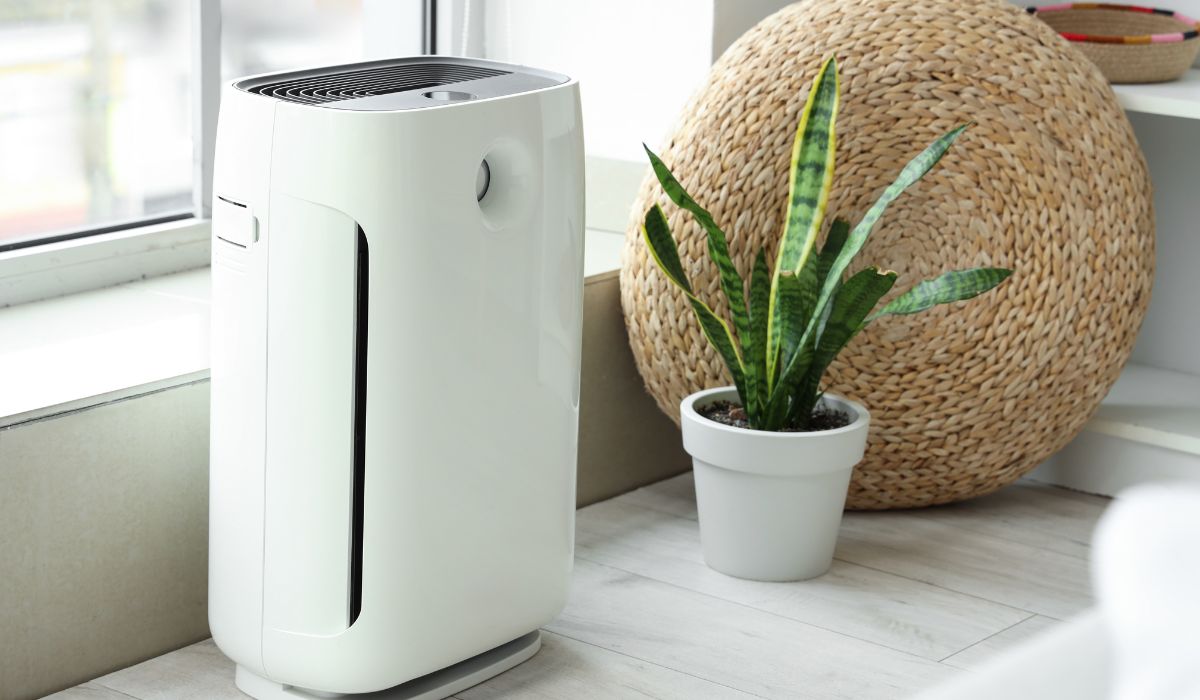
FAQs About Air Purifiers and Ozone Machines
How do air purifiers help remove smoke?
Air purifiers use HEPA filters, activated carbon, and sometimes ultraviolet light to trap smoke particles and odors, improving indoor air quality and reducing irritation.
Do ozone machines really remove smoke odors?
Yes. Ozone reacts with smoke molecules, breaking them apart and reducing odors stuck in carpet, furniture, and walls. But they must be used safely in empty rooms.
Are air purifiers safe for people with asthma?
Yes. Air purifiers are safe and often recommended for asthma. They help remove smoke, dust, and allergens that trigger asthma symptoms and shortness of breath.
Can air purifiers and ozone machines remove viruses?
Air purifiers with HEPA and ultraviolet filters can reduce some virus particles. Ozone can also kill bacteria and viruses, but should not be used around people or pets.
Which is better for long-term use: air purifier or ozone machine?
Air purifiers are better for daily use and long-term health. Ozone machines are best for one-time smoke odor removal after fire or heavy tobacco contamination.
Final Thoughts
Smoke is a big problem for indoor air quality. It brings health risks like asthma, shortness of breath, and irritation of the respiratory system. Smoke odors also stick to carpet, furniture, and walls, making them hard to remove.
Air purifiers and ozone machines offer powerful solutions. Air purifiers improve indoor air quality every day by filtering dust, mold, tobacco smoke, and pollution. Ozone machines go deeper, breaking down smoke molecules for strong odor removal.
When used together—with proper safety steps, ventilation, and filter care—they create a cleaner atmosphere, protect your health, and support environmental protection inside your home. Contact us today for more information or your local government.


